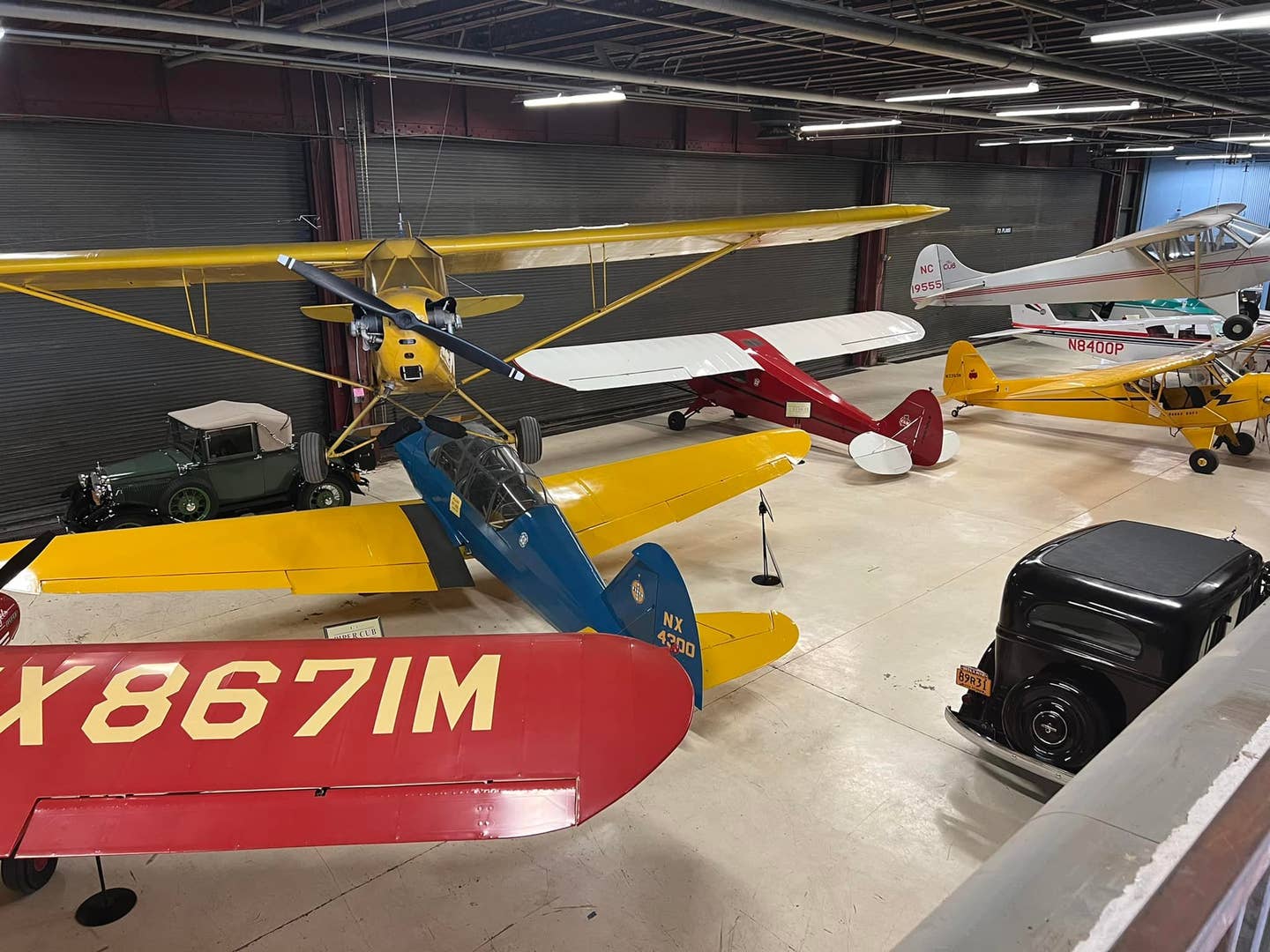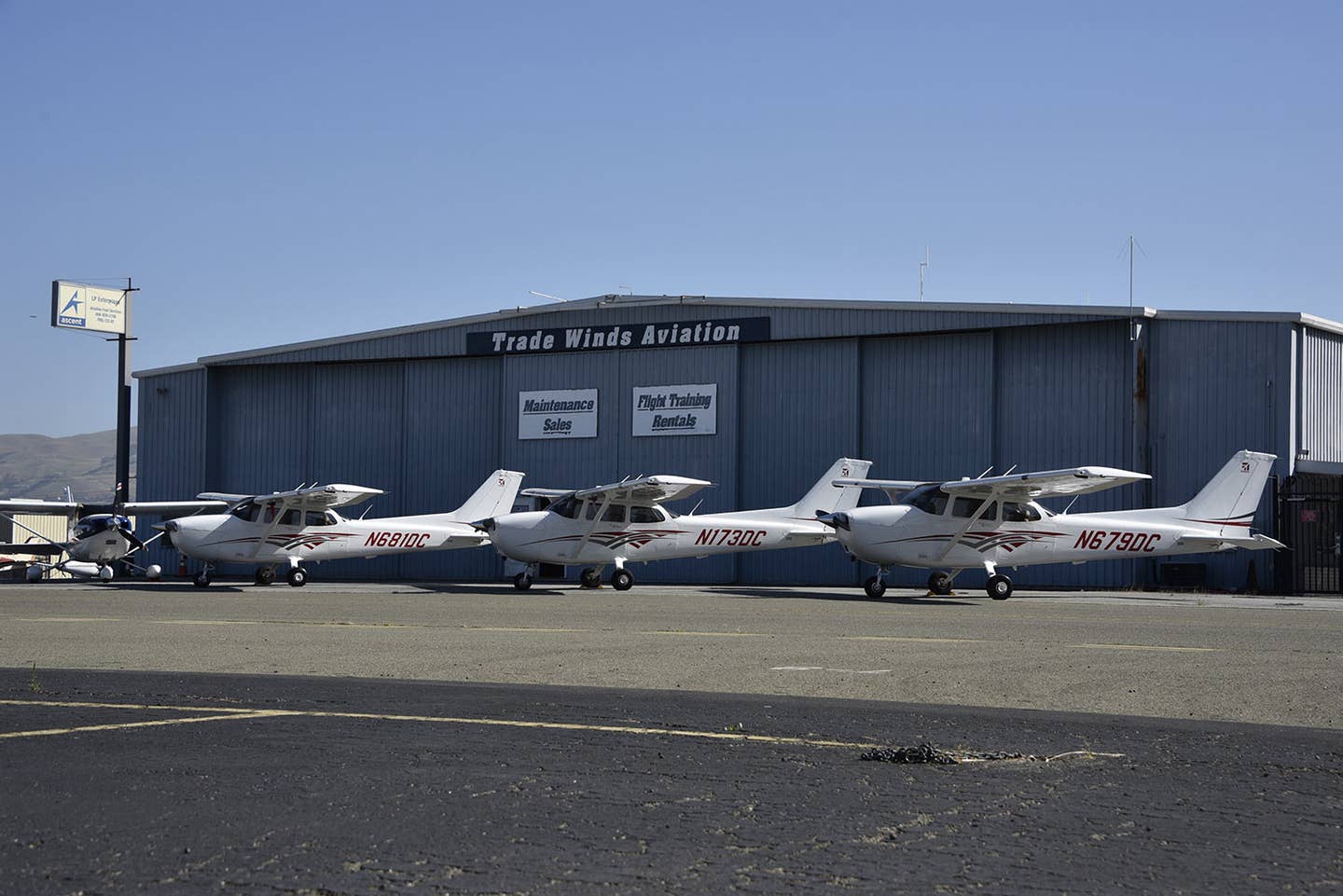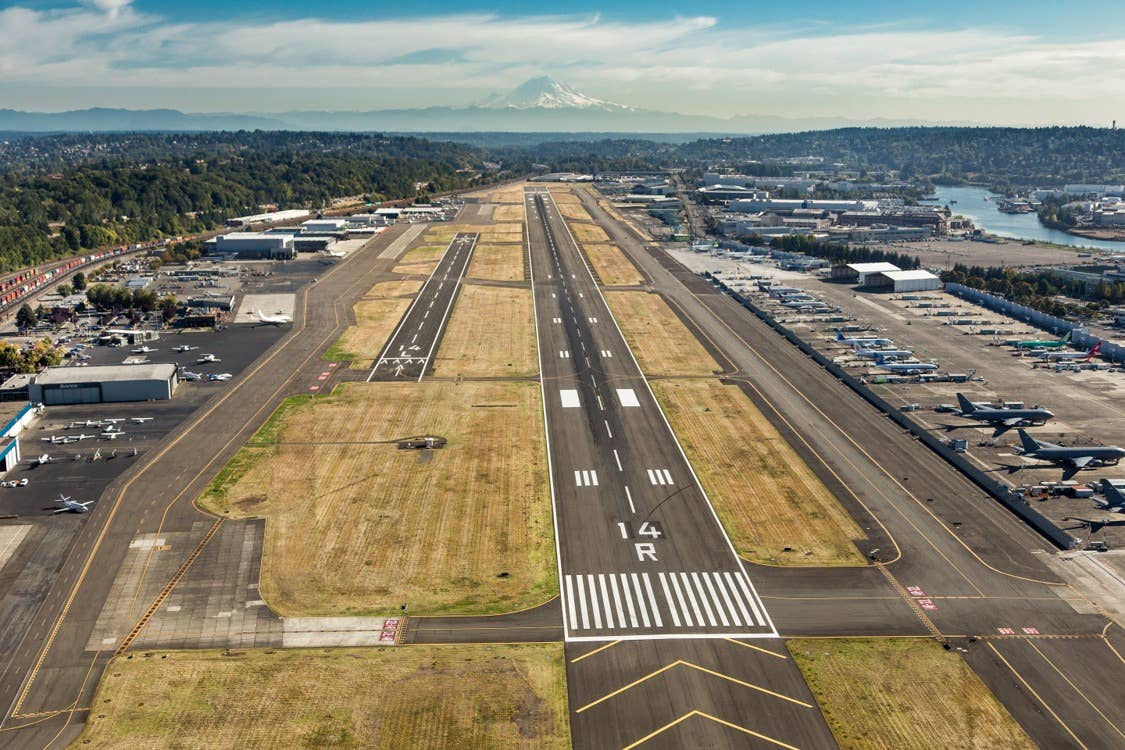Piper’s History Found on the Bank of the Susquehanna
Museum at the site of a former aircraft factory includes a hangar full of significant models.

The Piper Aviation Museum’s collection includes a hangar full of significant models. [Courtesy: Piper Aviation Museum]
When I was learning to fly, my instructor spent a lot of time on pilotage, pointing out rivers, ridges, highways, railways, and other landmarks that could guide me to interesting destinations or, more importantly, back to the airport if all else failed.
I am glad he took the time to do that because I still find myself navigating by sight a lot of the time, finding my way by following terrain features. Among my favorites is the Susquehanna River, which meanders across Pennsylvania, passing near numerous points of interest including airports like Bloomsburg (N13), which is right on the river, and Sunbury (71N), situated on an island in the middle of it.
Of particular interest is William T. Piper Memorial Airport (KLHV) in Lock Haven, former home of Piper Aircraft Corporation. Piper built sleek PA-24 Comanche four-place retracts at the Lock Haven factory from the 1950s until 1972, when a flood resulting from Hurricane Agnes heavily damaged the factory and destroyed dozens of aircraft and tooling.
Piper ended Comanche production after the flood, noting it was complicated and expensive to build when compared with its other single-engine models like the PA-28. The company continued building other types at Lock Haven until 1984, when it closed the factory and consolidated its operations in Florida.
When approaching the airport, the Susquehanna’s west branch is a dominant part of the picturesque landscape. Indeed, it guides pilots right to the airport. If you are landing to the west, the river bends right sharply to cross in front of the approach end of Runways 27R (asphalt) and 27L (turf) before turning left to hug the northern edge of the field. It is easy to imagine the river overflowing and wreaking havoc.
The factory is gone but the Piper Aviation Museum maintains the company’s spirit on the field. Visitors can taxi right up to the museum, check out the aircraft on display, and dig into Piper’s history. The museum, which is located in one of the company’s former development buildings, includes models and other small indoor exhibits, a research library and a hangar full of airplanes.
The collection of full-size aircraft, from evolutions of the Cub to the hotrod eight-cylinder PA-24-400, reflects the diversity of designs the company turned out over the decades. It also illustrates differences in Piper’s approach to designing and building aircraft compared with rivals like Cessna and Beechcraft, and how the companies influenced each other.
While Cessna’s 172 is known for popularizing tricycle landing gear in general aviation, for example, Piper’s Tri-Pacer had the feature years earlier, and the model’s strong sales helped inspire Cessna to try a nose-gear design.
Earlier this year the owner of a version of the Tri-Pacer, called the Colt, donated the beautifully restored aircraft to the museum. That airplane, with fabric covering, barebones interior and austere panel, confirms that general aviation engineering and design have made great strides in the past 60 years. The Colt was built for three years—1961 through 1963.

Sign-up for newsletters & special offers!
Get the latest FLYING stories & special offers delivered directly to your inbox






